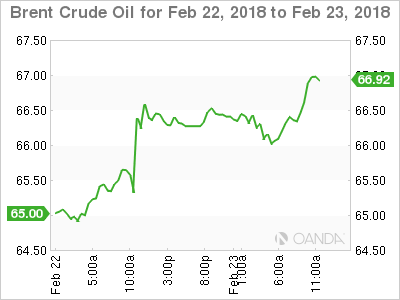Friends, let’s cut straight to the chase: the midday trading session in China’s futures market was largely a bloodbath. Most major contracts took a hit, signaling growing anxiety amongst investors. But amidst the sea of red, there were glimmers of hope – notably in the energy sector.

SC Crude Oil surged over 2%, a defiant move against broader market pessimism. We also saw decent gains in lead and fuel oil, nearly 1% each, alongside modest increases in low sulfur fuel oil (LU) and urea, approaching 1%. These gains hint at specific supply-demand dynamics keeping those sectors buoyant.
However, the pain was concentrated elsewhere. Polysilicon plunged over 6%, continuing its downward spiral. Glass followed, dropping over 4%, while industrial silicon and soda ash lost over 3% and 2% respectively. The message is clear: these sectors are facing significant headwinds.
Let’s break down the broader implications. This divergence points towards sectoral weaknesses rather than a systemic collapse. It’s a tale of two markets, if you will. The energy sector, benefiting from global geopolitical instability and potential supply disruptions, is holding its own.
Deep Dive: Understanding Futures Contracts & Market Sentiment
Futures contracts essentially represent agreements to buy or sell an asset at a predetermined price on a future date. They’re key indicators of market expectations. A fall in price predicts a downside expectation.
Market sentiment is profoundly impacting these movements. Concerns about Chinese economic recovery, coupled with global recession fears, are driving investors towards safer assets, triggering sell-offs in several sectors.
Keep a close eye on polysilicon – its continued decline is a worrying sign for the renewable energy supply chain. The glass and industrial silicon drops also suggest cooling demand in the construction and manufacturing sectors.
Ultimately, this isn’t simply about numbers; it’s about adapting your strategy and recognizing the evolving landscape. This market requires a sharp eye and a willingness to adjust.





